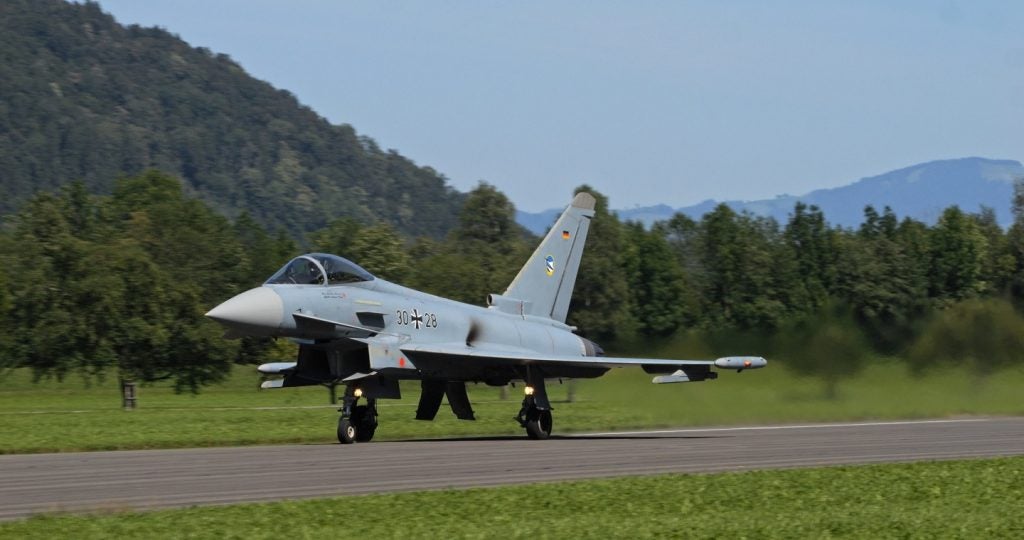The US Air Force (USAF) has awarded a $499m contract to Aurora Flight Sciences for aerospace systems air platform technology research (ASAPTR) programme.
The contract was awarded through the Air Force Research Laboratory at Wright-Patterson Air Force Base in Ohio, US.
Under the indefinite delivery/indefinite quantity contract, the company will conduct research on delivering affordable, revolutionary capabilities for the airmen.
Aurora Flight Sciences chairman and CEO John Langford said: "ASAPTR builds on Aurora's work over the past decade as part of the AVIATR programme.
"Aurora's Research and Technology Division concentrates on the technologies of autonomy, electric propulsion, advanced manufacturing, multi-vehicle coordination, and advanced multi-dimensional optimisation. All of these will be brought to bear for the airforce through ASAPTR."
Work under the contract will be carried out in Manassas, Virginia, US, and other Aurora locations, and is expected to be completed by 2025.
How well do you really know your competitors?
Access the most comprehensive Company Profiles on the market, powered by GlobalData. Save hours of research. Gain competitive edge.

Thank you!
Your download email will arrive shortly
Not ready to buy yet? Download a free sample
We are confident about the unique quality of our Company Profiles. However, we want you to make the most beneficial decision for your business, so we offer a free sample that you can download by submitting the below form
By GlobalDataIn March, Aurora Flight Sciences successfully demonstrated the technical features of its XV-24A LightningStrike vertical take-off and landing (VTOL) X-Plane subscale vehicle demonstrator (SVD) aircraft.
The US Defense Advanced Research Projects Agency's (DARPA) XV-24A was demonstrated by conducting flight test programme at Webster Outlying Field in Southern Maryland, US.
The XV-24A is a tilt-wing unmanned aerial vehicle powered by an electric distributed propulsion (EDP) system to achieve a flight speed of 300k to 400k.
It is expected to become the first aircraft in aviation history to demonstrate distributed hybrid-electric propulsion using a synchronous electric-drive system.






